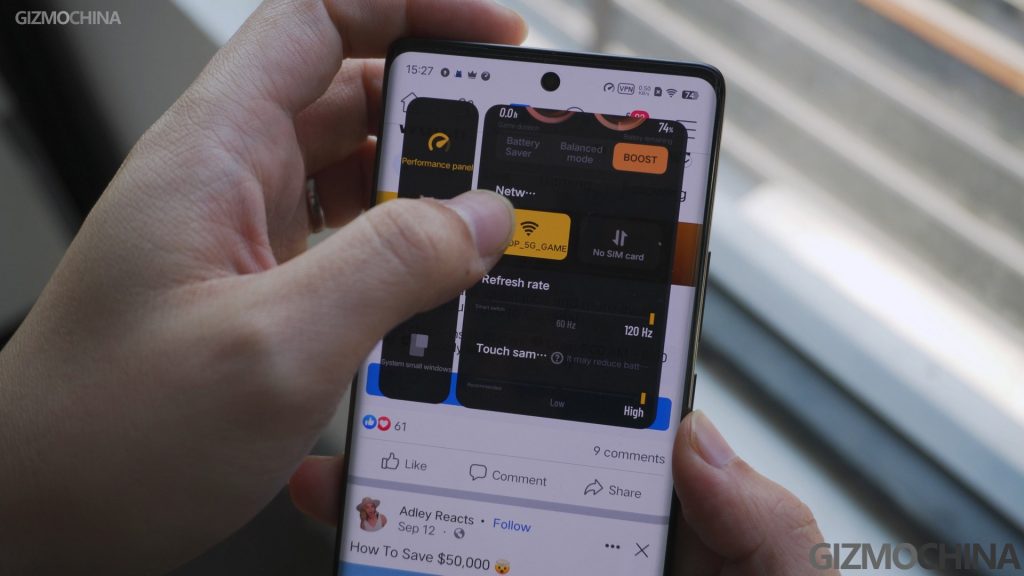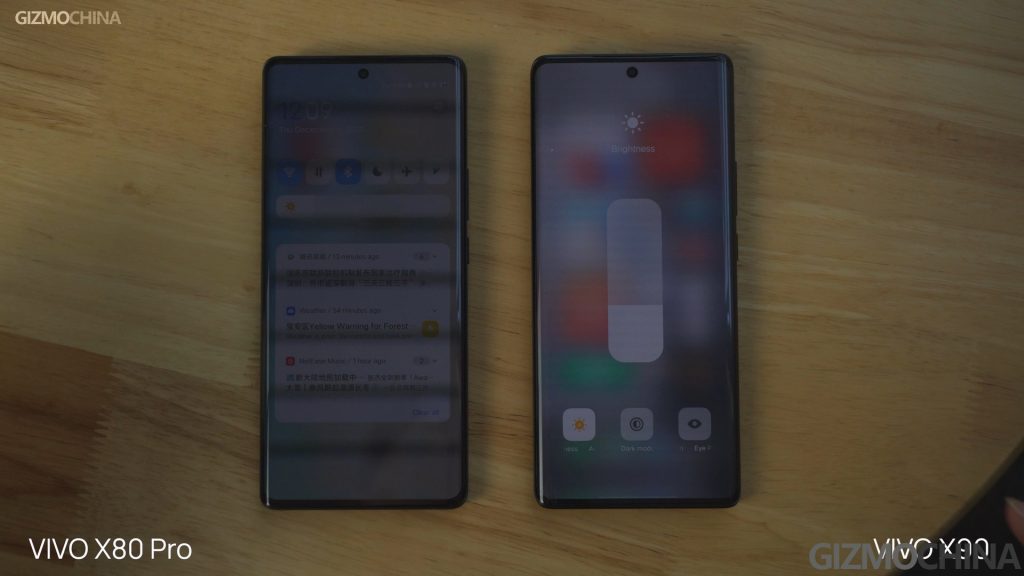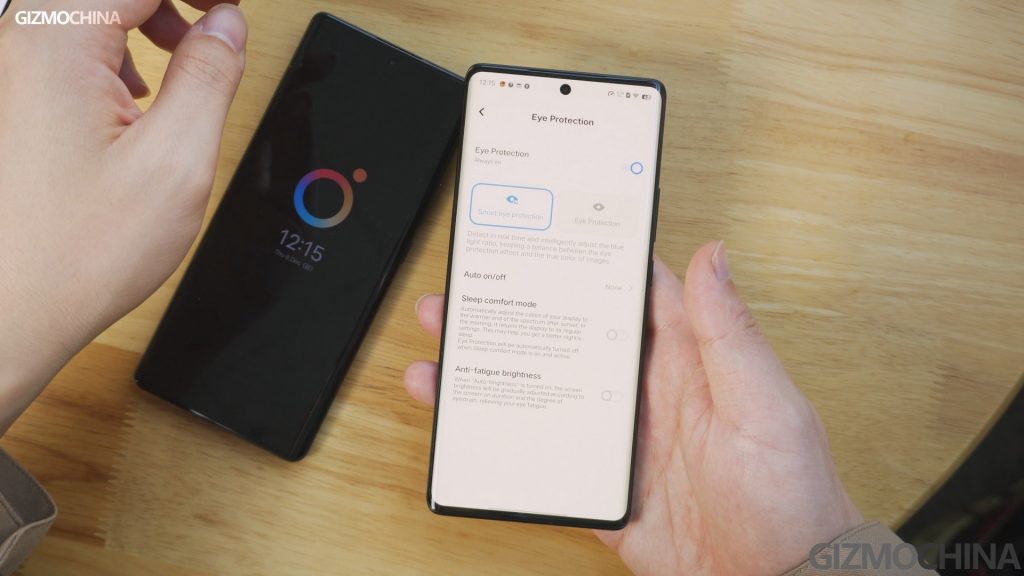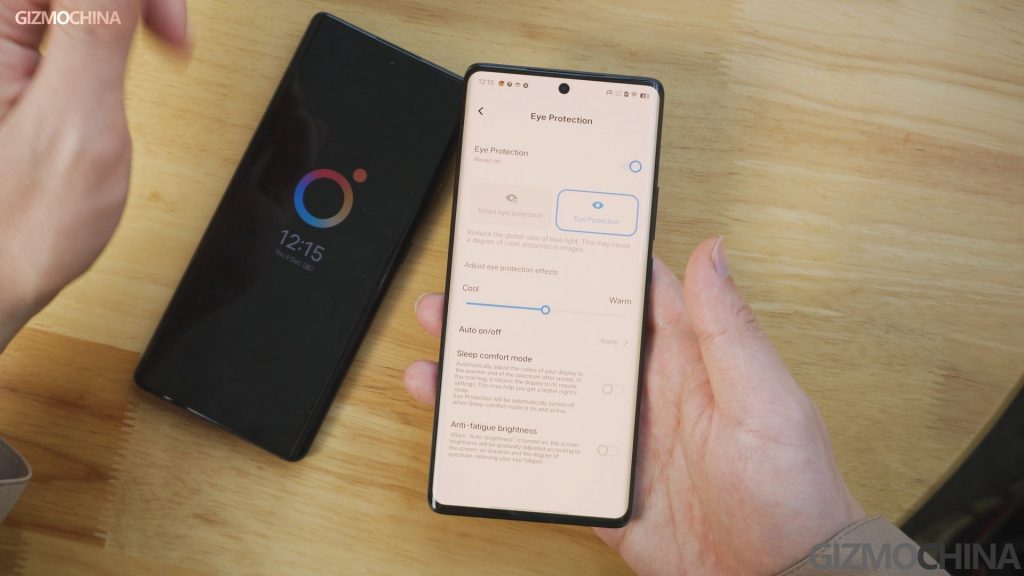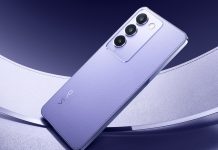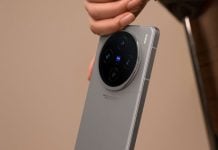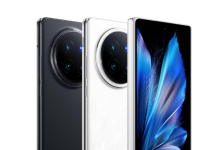This is the new Vivo X90, which is the new standard variant of the Vivo X flagship lineup. It’s quite interesting that we might have shifted our greatest attention from the Xiaomi digital series to the Vivo X series. Because there’s no brand having such an efficient upgraded speed as Vivo over flagship development. Preceded by the X80 in the spring, the X90 is their second generation model, launched in 2022. Compared to the X90 Pro and Pro plus variants, the standard model is also a heavyweight product with a few upgrades. So today, let’s just focus on the Vivo X90 and explore why Vivo has become one of the hottest phone brands, even though the market is inevitably declining this year.
If you’ve learned the specs on paper of the X90, you might find that the X90 didn’t get many upgrades compared with the X80. It got upgraded to a BOE display with a higher resolution and 2160Hz PWM dimming, a debuted MTK Dimensity 9200 chipset, 120W faster supercharge, and the new IP64-rating water and dust-proofness. Although it seems the X90 is using the same camera module, we’re pretty impressed by its shooting experience, both in taking photos and shooting videos. That’s probably due to its new Zeiss T-coating for all the triple lenses and the new V2 imaging chip. We will talk more about it later in the camera part.

The X90 keeps the same pricing as the X80. What’s important to know is that the X80 has been very popular and firmly priced for most of the year. And now, whether the X80 can have a price-cut promotion depends on how the X90 performs.
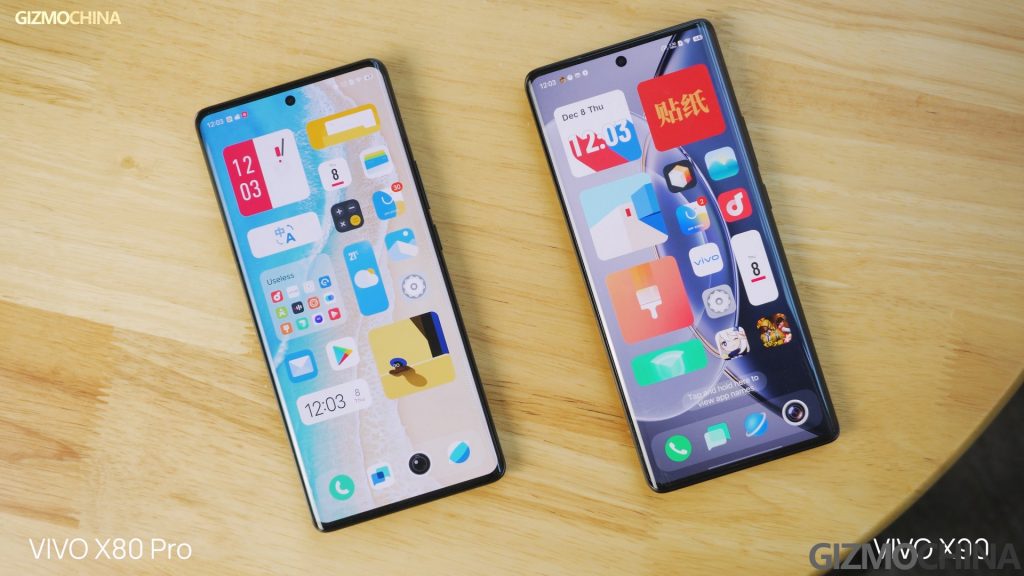
Design
Over the phone appearance, the X90 still continues the polished style of the series, but it looks neater on the back due to the simplified camera arrangement. The rectangular panel under the camera module is removed, but it’s still visually divided into two parts. To be honest, it’s not much surprising when seeing the left-rounded module, since we’ve seen similar central-rounded ones on Huawei and Xiaomi’s premium phones. Their designs are just too similar to each other.
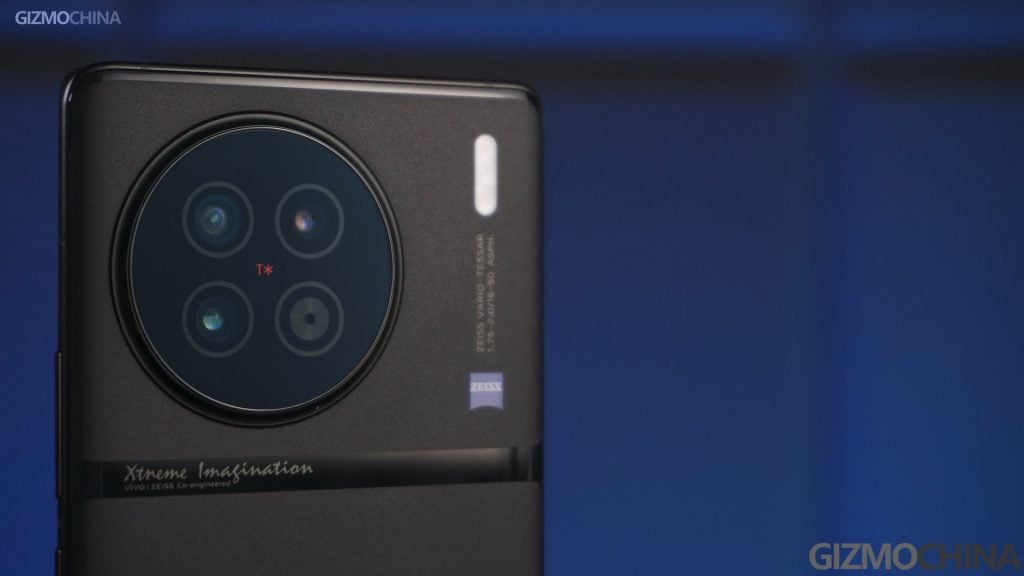
Specifically, the black variant in my hand still looks good, but it’s just too slippery when holding it in hand. Without a protective case, I have to hold it very carefully to prevent it from slipping and falling to the ground.
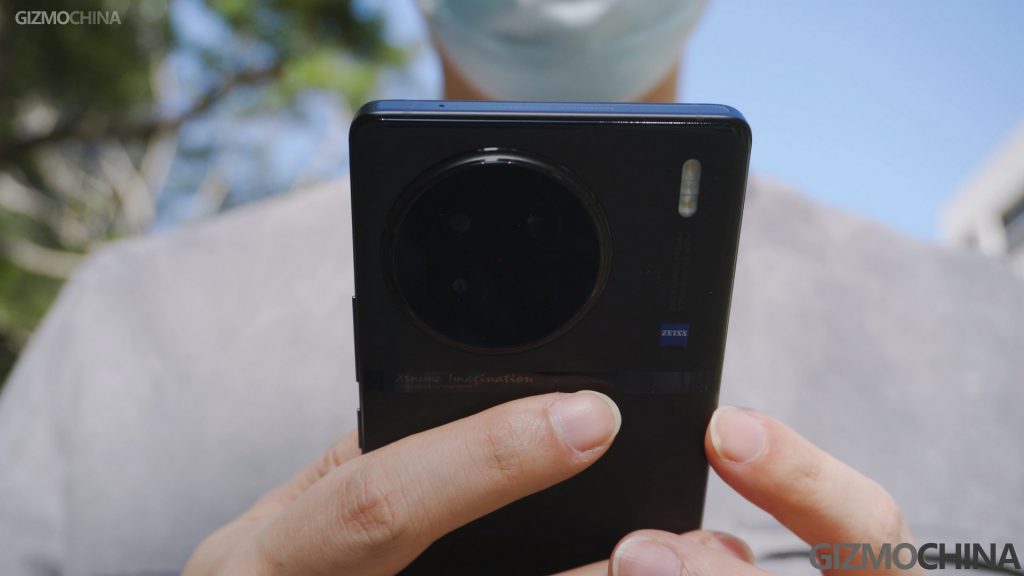
1260p Display
On the front, it still has a whole edge-curved 6.78-inch display. The BOE Q9 120Hz hole-punched screen has a 1260p resolution and a peak brightness of 1300 nits, which I think is a great solution to balance power consumption and display quality.
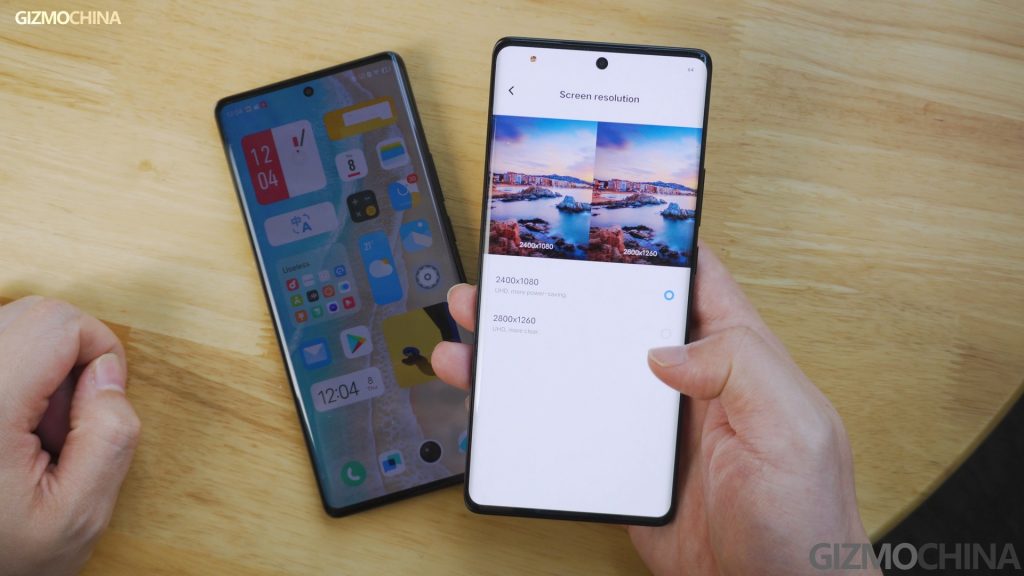
The 2160Hz PWM dimming can offer a much more comfortable visual experience under low-light conditions than most Samsung panels this year. And now you are able to adjust both refresh rate and touch sampling in specific apps and games. The X90 features a maximum touch sampling rate of 300Hz and it would be limited to 120Hz by default. But you can manually add any apps into the game space, and free the touch sampling rate up to 240 or 300 Hz in the sidebar. For example, in Facebook you will definitely feel the difference as I did immediately.
The X90 series add a Zeiss Natural color mode for P3 gamut colors, which offers a pretty decent color accuracy, just like the professional mode for the sRGB gamut. The measured average delta E of both modes can be kept below 1.
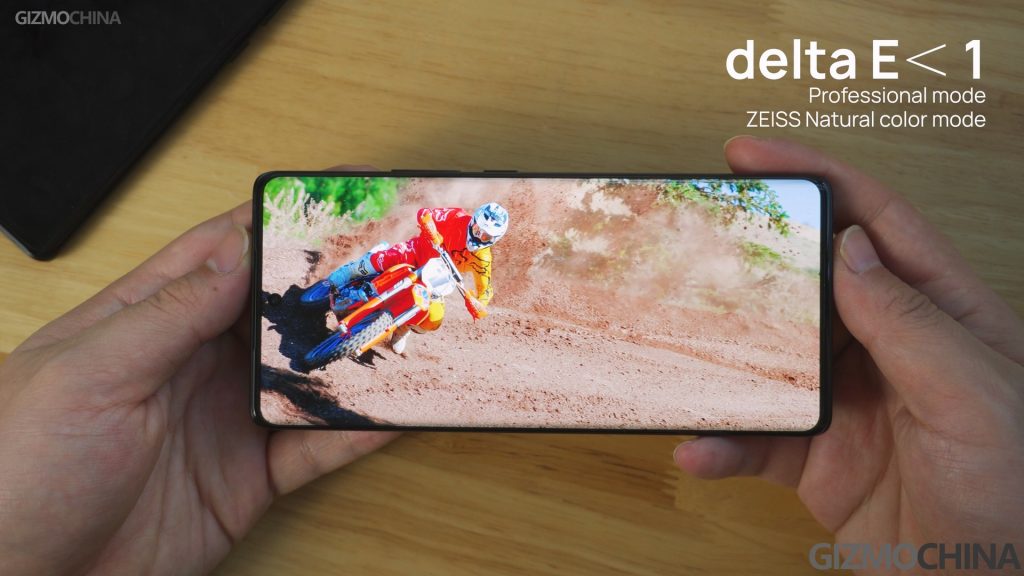
The V2 imaging chip also brings a new feature for the display: the AI Smart eye protection, which can reduce blue light in real-time, keeping a balance between eye protection and the true colors. It doesn’t look as warm as the traditional eye protection mode, and I pretty much enjoy it.
Another great experience is with the phone’s HDR management. Vivo’s Origin OS is one of the few systems that can do multi-window HDR management like iPhone and Huawei. I can still have the correct HDR display even when the HDR content is played in small window mode.
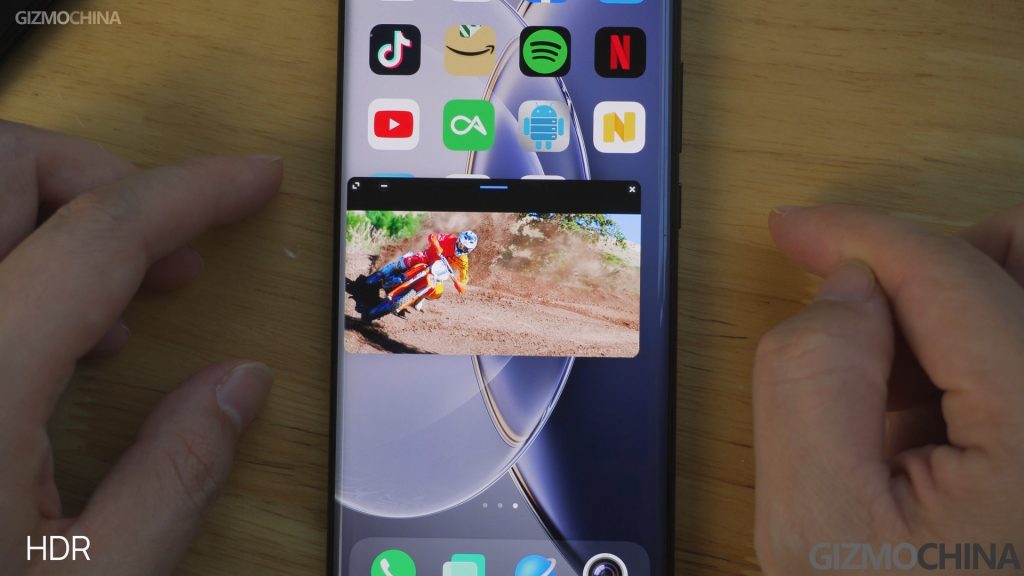
Experience
This time the standard model is still equipped with an optical in-screen fingerprint reader but not the ultrasonic one as the Pro and Pro +, which doesn’t have the impressive recognition speed that we have on the X80 Pro. The adding is still slow and inefficient.
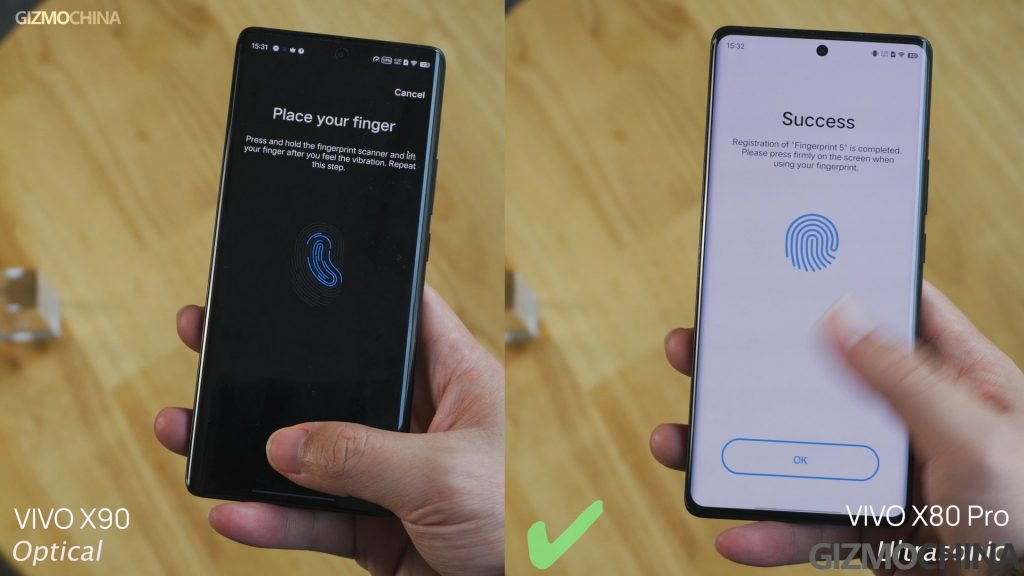
The haptic vibration is still good, not much different from the x80’s. And I’m a bit disappointed by the dual-speaker sound quality, which is good but not really improved from the X80’s. And to be honest, I wouldn’t even give it the same score. Anyway, you can check out here by yourselves.
Vivo X90 Performance – debut of Dimensity 9200
The debut of the Dimensity 9200 chipset is the core upgrade of the X90. Thanks to the excellent performance of the Dimensity 9000, more phone brands choose to trust this new MTK flagship chipset. But it’s difficult for me to tell you whether the X90 in my hand has fully realized all the chipset’s potential since the 128GB model is the only variant that still uses UFS3.1 storage, instead of the latest UFS4.0. And also pay attention to the charging port here: for data transferring, it only supports USB 2.0 on all the Standard X90 models, while the USB 3.2 is available for the X90 Pro and Pro Plus.

Anyway, let’s look at some benchmarks. In Geekbench 5, compare to the Dimensity 9000, there’s not much improvement for the multi-core performance of the 9200, but the Cortex X3 super core did achieve a 15% boost in the single-core test. While in Antutu Benchmark, it didn’t get the improvement that we expected. But it’s still one of the highest scores we can get on a phone in 2022.
In 3Dmark GPU test, the result is a bit more exciting since it easily exceeded what an iPhone 14 Pro’s A16 chip can run. So there’s no doubt that most gaming tests are already pointless for the X90. Here we’d like to show the result of Genshin Impact and probably you will know what I mean.
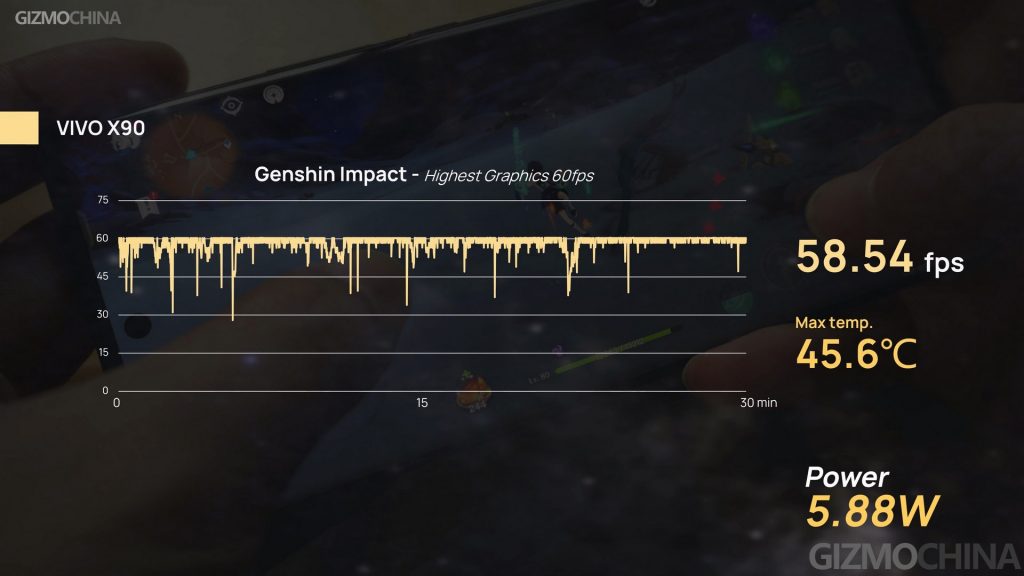
The X90 can achieve an average framerate of 58.5fps under the highest graphics with a pretty efficient power output of 5.88W, and there’s no obvious throttling during the whole 30-min gaming and the temperature was still acceptable. This is the new best result in our Genshin Impact test on Android phones.
And in 3Dmark’s graphic stress test, it failed to finish the test for the first time due to an overheating issue, but in a cooler environment, it achieved over 90% performance stability for the 20-round test, while the phone was still hot.
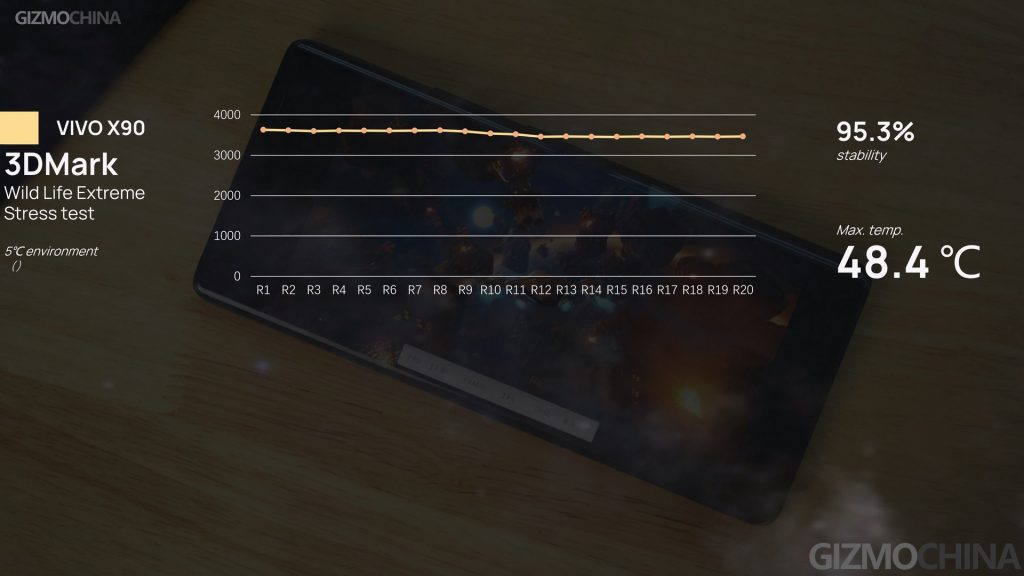
Software
As for the Origin OS, now I have less to complain about. The UI aesthetic is still special and full of detail, and it’s still one of the smoothest Android systems with super-fast responses and comfortable animation. There’re fewer language errors when the system language is set to English, though we can still find the language failing to switch in the game space.
Cameras
Well at the beginning we didn’t really expect much on its camera performance since the phone retains the same camera hardware as the X80, still the same triple-lenses led by the 50MP IMX866 sensor, companied with a 12MP wide-angle lens and another 12MP portrait lens.
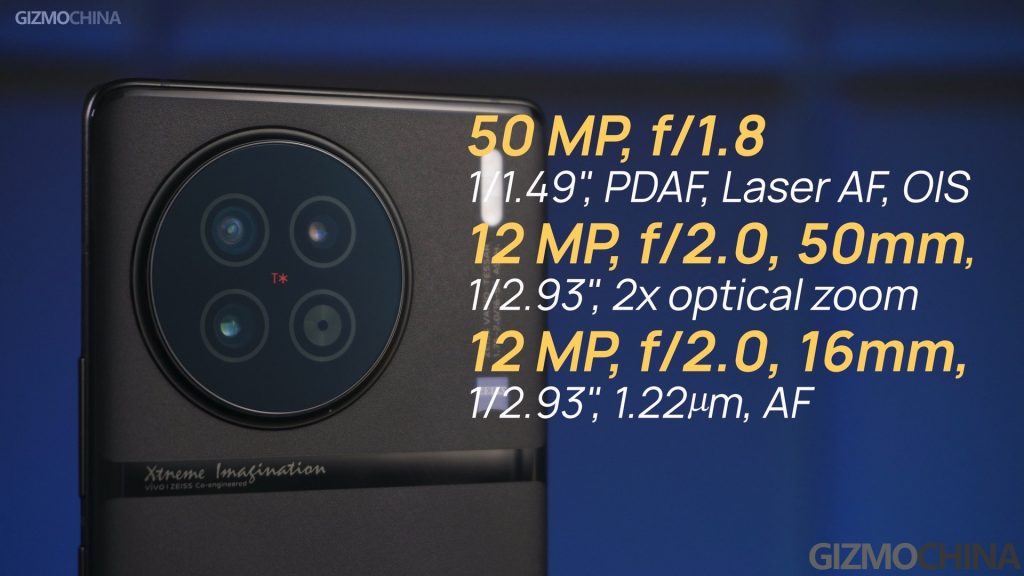
All three lenses present more rigorous and natural colors if you activate the Zeiss mode, which finally offers another image style outside Vivo’s vivid tradition. But you still can turn it off. From the comparison, it’s easy to find the difference between colors. However, there’s no obvious improvement in detail. And the auto HDR mode is also more cautiously activated, no longer pursuing a rich color atmosphere. But we also found that it would tend to choose a darker exposure strategy during day time.
But things changed when we shoot at night. In extreme low-light conditions, it’s very aggressively exposed and looks much brighter than in the real environment. If not showing the shooting time here, it’s really hard to convince you that it’s shot at the midnight. But thanks to the new Zeiss T coating and the V2 imaging chip, the night photos and videos were enhanced with less light reflection and less stray light. And meanwhile, even though it got significantly brightened, the amazing denoising capacity still brings excellent detail pureness for shadow parts.
The 2x portrait lens worked well in most cases. But in complex scenes, it’s still not accurate enough to recognize the right subject and have the right background blurring.
Battery & charge
The Vivo X90 comes with a 4800mAh battery with 120W fast charging. As a flagship killer powered by one of the most powerful chipsets, the result of the battery-life test is not bad, which is even slightly better than some models powered by the Snapdragon 8+. For charging, the X90’s 120W fast charging is a bit conservative, collecting back 100% of power in 27 mins.
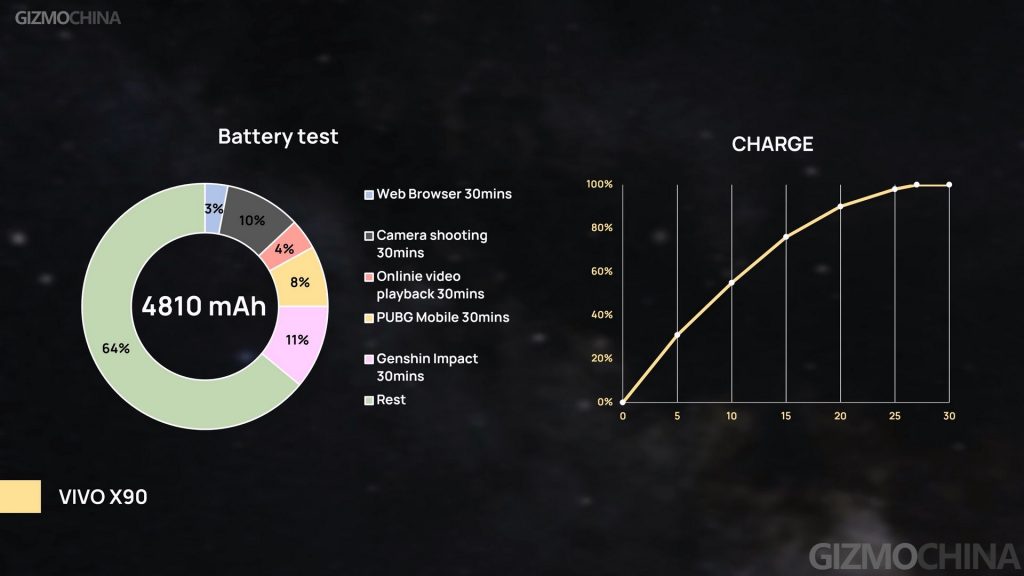
Conclusion
So that’s all about the new X90. Although I pointed out a few drawbacks, it doesn’t take away from the fact that it’s about to become one of the best flagship killers of 2023. And we just got its big brother, the X90 Pro +. More reviews and comparison videos about it are coming soon. If you like this review and are looking forward to the following works about the Pro +, please kindly subscribe to our channel.

